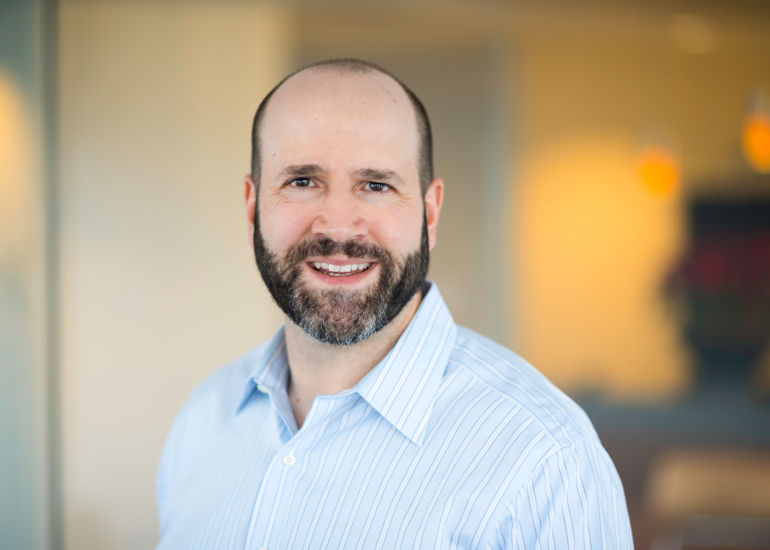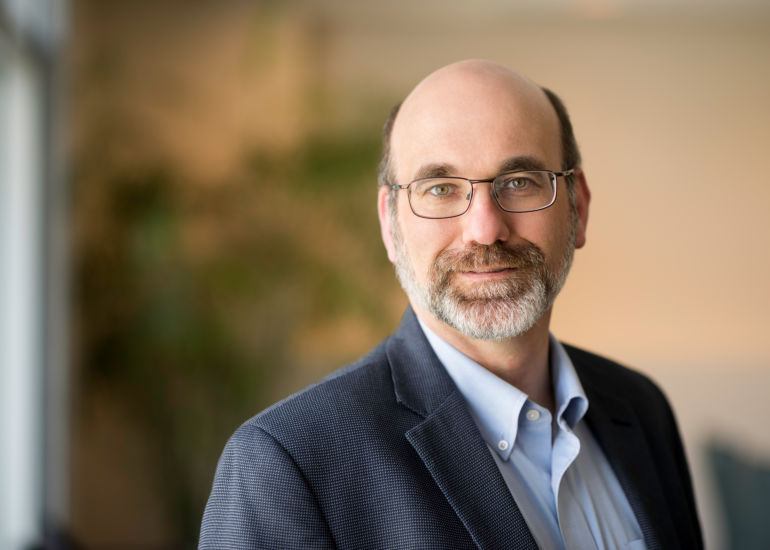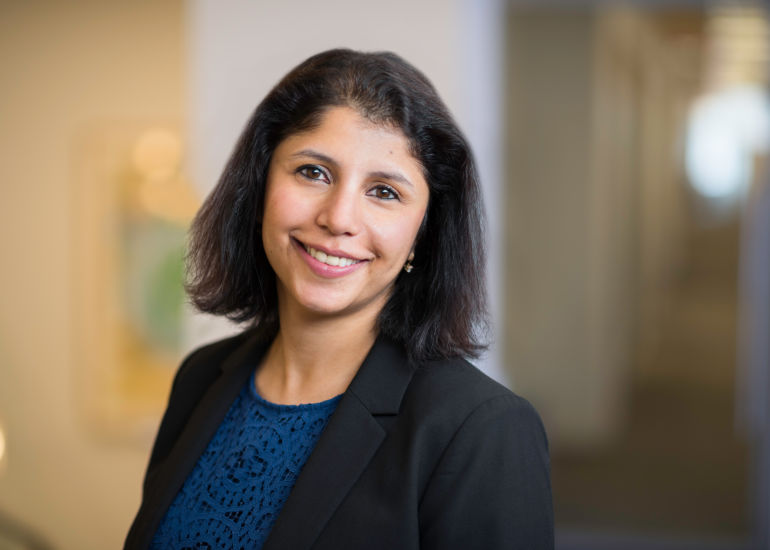
On May 18, 2020, the Patent Trial and Appeal Board (PTAB) heard argument in Interference No. 106,115, University of California1 v. Broad Institute2. The interference involves 10 patent applications of University of California (UC), and 13 patents and one patent application of Broad Institute (Broad), all of which have claims covering CRISPR-Cas9 technology in eukaryotic cells. The hearing took place before a panel of three administrative patent judges, Judge Katz, Judge Lane, and Judge Moore.
A patent interference is a proceeding formerly used to determine who first invented a claimed invention. Interferences were phased out in 2012 legislation, but patents or applications effectively pending before March 2013 still can be subject to an interference.
In January 2017, the PTAB declared a first interference between Broad and UC to determine which party was the first to invent the CRISPR-Cas9 technology. Instead of holding either party as prevailing, the PTAB determined there was no interference-in-fact, because Broad's invention, directed to CRISPR-Cas9 in eukaryotic cells, would not have been obvious from UC's invention, which claims the CRISPR-Cas9 system generically. Hence, the parties' patent claims were not directed to the same invention. The decision was upheld by the Federal Circuit in April 2018.
Shortly after the PTAB decision in the first interference, UC filed patent applications with claims directed to CRISPR-Cas9 system in eukaryotic cells. The newly filed UC claims cover essentially the same scope as Broad's claims that survived the first interference.3 The patent examiner decided these claims were otherwise in condition for allowance except for a potential interference with Broad's claims. Subsequently, the PTAB declared the current interference on June 24, 2019.
Typically, one of the parties in an interference is deemed the "senior party," which means the party is entitled to the presumption that it is the prior inventor to make the earliest constructive reduction to practice. Any other party would be a "junior party." Curiously, neither Broad nor UC was accorded the benefit of the priority date of their first provisional application. Rather, both parties were accorded the date of the non-provisional applications involved in the interference, which made Broad the senior party based on dates of their non-provisional applications. Both parties have submitted motions and exhibits to support arguments for the benefit of an earlier priority date, and arguments against the other party's benefit. Most other motions have been deferred until a decision on the issues argued before the PTAB on May 18.
The arguments on May 18, 2020 mainly involved three issues: 1) whether the current interference should be barred by the PTAB's decision in the first interference as affirmed by the Federal Circuit; 2) whether UC should be accorded benefit of the date of its first provisional application (P1); and 3) whether Broad's motion for a different count should be granted.
Regarding the first issue, Broad took the position that the current interference should be barred under the doctrine known as estoppel. Essentially, Broad contended that the current interference proceeding should not have taken place, because the same issues based on same facts were already litigated in the first interference. In rebuttal, UC argued that the legal issue, i.e., whether UC's P1 would have sufficiently enabled a skilled person to use CRISPR-Cas9 in eukaryotic cells, was never litigated or decided.
The first and the second issues are more or less related. According to Broad, even though UC's P1 was not litigated in the first interference, it contained no new facts or experiments other than a laundry list of routine techniques. Broad also pointed to UC's own scientists' frustration and difficulties with CRISPR in eukaryotic cells, which they successfully relied on in the first interference. In response, UC maintained that P1 enclosed all necessary and sufficient components to use CRISPR-Cas9 in eukaryotic cells, because one would only need ordinarily known techniques to make the eukaryotic application. Judge Katz asked if there was anything special about one of the technologies (microinjection in zebrafish embryo, in particular) that UC argued as readily available at the time of P1, but didn't get a clear answer.
The third issue relates to a patent "count." At an early stage of an interference, the PTAB would determine a count, which defines the scope of the proofs for priority. The losing party of an interference would not be entitled to claims patentably indistinct from the count. In the current interference, the original count was directed to a eukaryotic cell comprising CRISPR-Cas9 system with a single guide RNA. Broad has submitted motions for a count that is not limited to single guide RNA only, but covers both single and dual guide RNAs. When UC argued that Broad should be held to the single guide RNA count it originally proposed, Judge Katz questioned the consistency of claim interpretation, as some of Broad's claims would fall out of the scope of the current count.
We expect the PTAB to issue a decision on the above discussed motions in the next one-to-three months. A decision for Broad on estoppel should result in a quick final judgment: the current interference proceeding will then be terminated. If the PTAB decides for UC with accorded benefit of priority, the interference will be redeclared, with UC as the senior party. If either party ends up with a significantly earlier accorded benefit date, the other party might face an order to show cause from the judges, because it would have to prove a massive amount of diligence to get behind the other party's benefit. The PTAB may also decide to change the count based on Broad's claims, or designate certain Broad claims as not corresponding to the count.
If the PTAB makes any decision other than a final judgment or an order to show cause, the parties will likely proceed to a phase where priority is determined, and where the deferred substantive motions may be argued and decided, for example, the parties' motions on patentability and inequitable conduct. Given the history of the patents and applications involved, this next phase could be quite complex and expensive for both parties.
For further information about U.S. Interference No. 106,115, please contact Vern Norviel, Lou Lieto, Karen Wong, Richard Torczon, or any member of Wilson Sonsini's patents and innovations practice.
[1] The Regents of the University of California, University of Vienna, and Emmanuelle Charpentier, collectively referred to as “UC.”
[2] The Broad Institute, Inc., Massachusetts Institute of Technology, and Presidents and Fellows of Harvard College, collectively referred to as “Broad.”
[3] See, for example, U.S. Patent Application No. 15/981,807, claim 156.
Contributors
- Privacy Policy
- Terms of Use
- Accessibility


